10 Hot Grilling Tips to Bring Some Sizzle to Your Plate
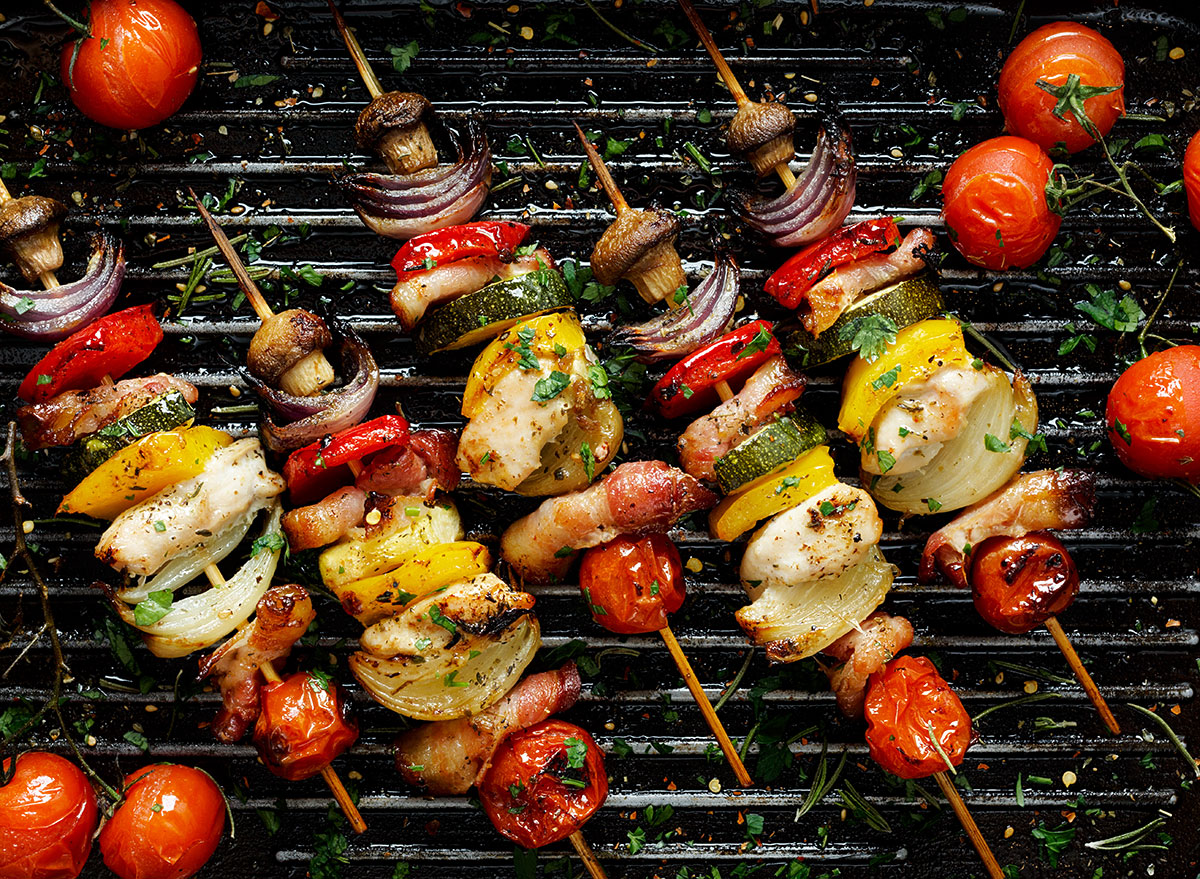
Nothing signifies the summer season better than a plume of smoke seeping out from a hot grill (and maybe a cooler of cold beverages by your side). Grilled food has a unique, almost primal taste to it that's difficult to recreate inside a kitchen, which is a major reason why so many of us are drawn to this style of outdoor cooking.
Food gets a deep flavor when cooked over high heat. The caramelization process (also known as the Maillard Reaction) causes roasted vegetables to become sweeter and meats (plant-based, too) to become more savory. As the proteins break down into amino acids, these compounds react with the carbohydrates to develop that signature aroma so synonymous with barbecues and cookouts. Believe it or not, the browning (and subsequent smell) actually triggers the salivary ducts in the mouth, basically waking up your tastebuds in the process.
But how do you get the most out of the short-but-sweet grilling season?
Well, there are a few basic cooking tips from us at Meatless Monday that can improve your chances of success, such as keeping a clean grill that's heated to the proper temperature. This is a great time to get creative with your ingredient and recipe selection and resist the urge to crowd the grill grates with sausage links and burgers. instead opt for a more harmonious selection of foods that include a range of greens, root vegetables, plant-based proteins, and even fruits.
Never had a charred banana split before? Now's your chance. Check out these 10 hot grilling tips to bring some sizzle to your plate.
Preheat the Grill
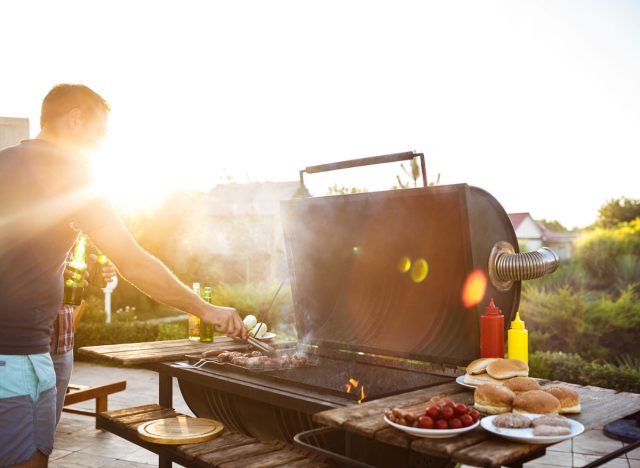
Sure, this sounds like an obvious step, but it's easy to get excited and put ingredients on the grill before it's heated to the right temperature. If the temperature is too low, the food won't get those pretty grill marks and may even stick to the grates. Preheat the grill with the lid closed for 10 to 15 minutes or until the temperature reaches 500 degrees Fahrenheit. Then you're ready to cook.
Keep the Grate Clean
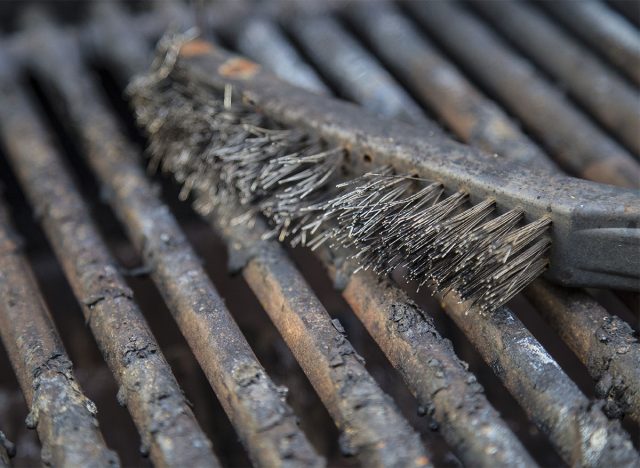
A clean grill grate is easier on the eyes, but it also serves the practical purpose of keeping ingredients from sticking to it. When the grill is off but still warm, scrape the remaining bits of food with a stainless-steel brush. A little bit of oil on the grill grate also helps prevent food from clinging to it. The easiest way to do this is to crumple a paper towel, gently dip it in a small amount of oil (less is more), and wipe it over the grill grates.
Shut the Lid
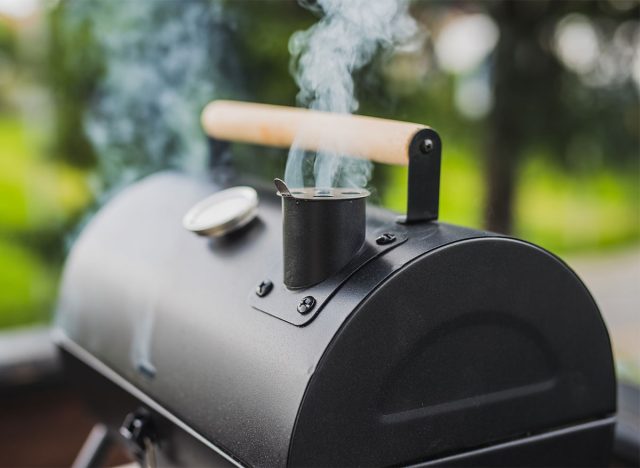
It requires some patience and a little bit of faith, but keeping the grill lid closed is essential for high-quality cooking. The lid keeps the grates hot enough to sear/char food, while not overcooking or drying it out. It also contains the smoke while the food is cooking, infusing it with that signature grilled flavor.
Get a Good Sear
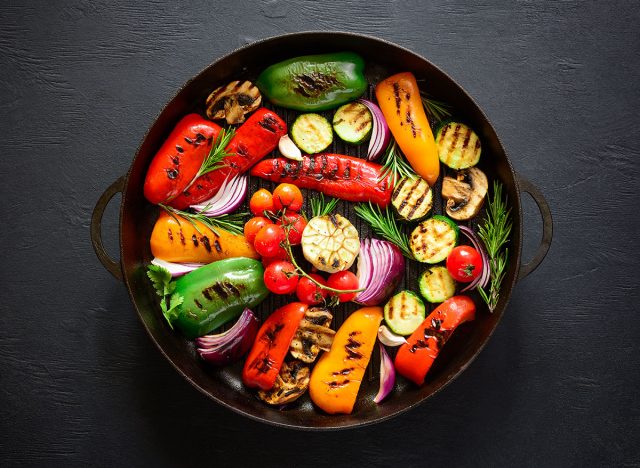
The appeal of the grill is that smoky, charred taste, but your food won't get there if you keep fussing with it. Resist the urge to constantly flip or rotate ingredients around the grate. All of that movement is the enemy of caramelization (aka flavor). Recognizable grill lines can also improve the appeal and taste of plant-based burgers and meats, especially important to meat-lovers trying to cut back a little.
Skip the Peeling
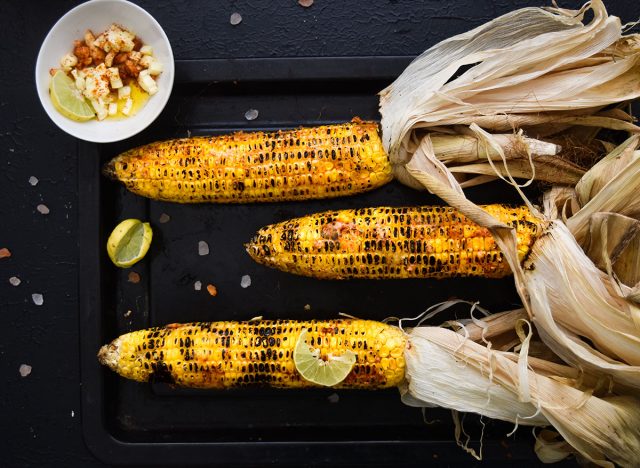
If you're grilling vegetables—eggplant, peppers, summer squash, parsnips, potatoes, carrots, etc.—don't waste time with the peeler. Many vegetables (and fruits) don't need to be peeled before hitting the grill. Why? Because unpeeled foods retain all the beneficial nutrients, like fiber, found in the peels. This is especially true for corn, which ends up being a lot juicier when grilled in its husk.
Know when to Precook

Some vegetables, with their thin skins and soft flesh, are naturally suited for the grill. Included in this category are: eggplant, fennel, onions, mushrooms, broccoli, peppers, sweet potatoes, summer squash, and tomatoes. But other vegetables, like artichokes, beets, carrots, parsnips, and potatoes, need extra time to get tender and should be quickly steamed or blanched before grilled to minimize the risk of burning and/or undercooking.
Find Space for Fruit
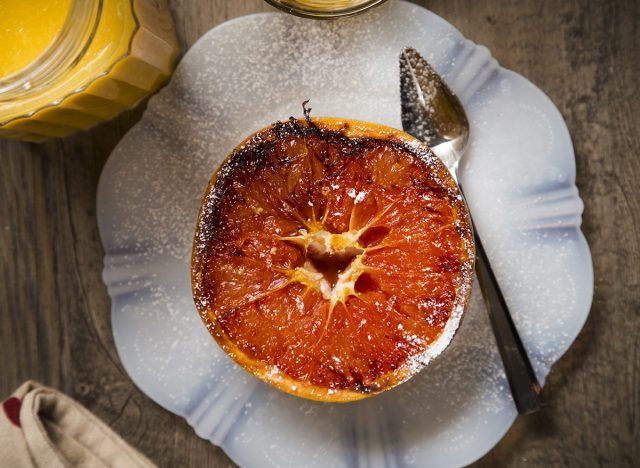
Fruits' natural sugars caramelize when they hit the searing heat of the grill, transforming their flavor into something sweet, smoky, and juicy. Fruits that are firm enough to tolerate the heat, such as peaches, melon, watermelon, pineapples, pears, tomatoes (yes, a fruit), figs, and plums, are all good grilling options; just remember to preheat the grill to a high temperature and cut the fruit in chunks thick enough to sit comfortably on the grill grate so nothing slips through the cracks.
Try Tofu
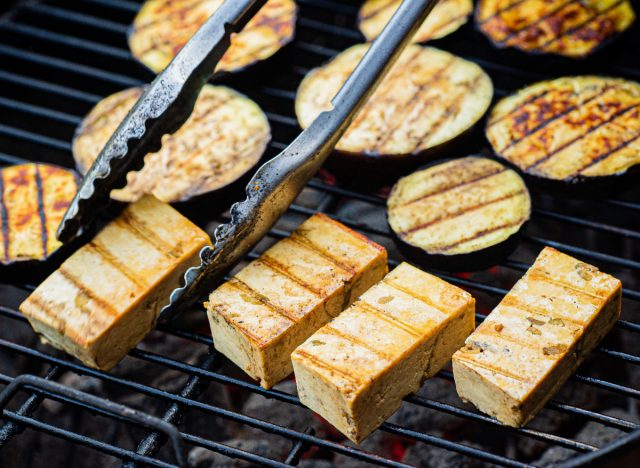
Depending on the variety, blocks of tofu can contain a lot of moisture, which is why you need to extract as much liquid as you can before grilling. Pressing extra-firm tofu and then adding it to a quick marinade before cooking for about 5 to 7 minutes on each side can help you achieve flavorful, charred slabs that go great on sandwiches and salads.
Season Minimally

Since the grill packs so much flavor, most vegetables don't need much in terms of seasonings. A little bit of salt, a drizzle of olive oil, and a finishing squeeze of lemon will bring out the natural flavors of the produce. But if you want to add a little more pop, try making a simple dressing, like an herbaceous chimichurri or a sweet-and-spicy barbecue sauce.
Experiment with All Types of Ingredients
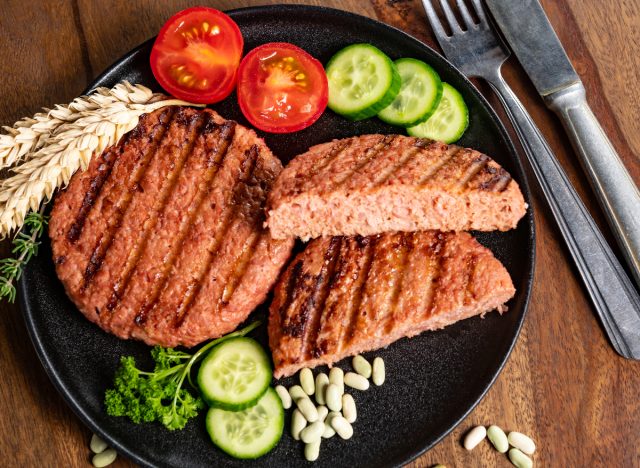
Just because you haven't seen it grilled before, doesn't mean it won't benefit from the smoky kiss of the flame. Avocados, romaine lettuce, vegetable quesadillas, rice balls, and even bananas for a charred banana split are all yummy alternatives to the traditional cookout fare. Plant-based meat alternatives, either burgers or sausages, soak up a lot of delicious flavor after sitting above the flames and taste very similar to their meaty counterparts.
Click here for more Meatless Monday recipes. When posting pictures of recipes to your social media network, tag @MeatlessMonday and use #MeatlessMonday to show the plant-based community your creation.









